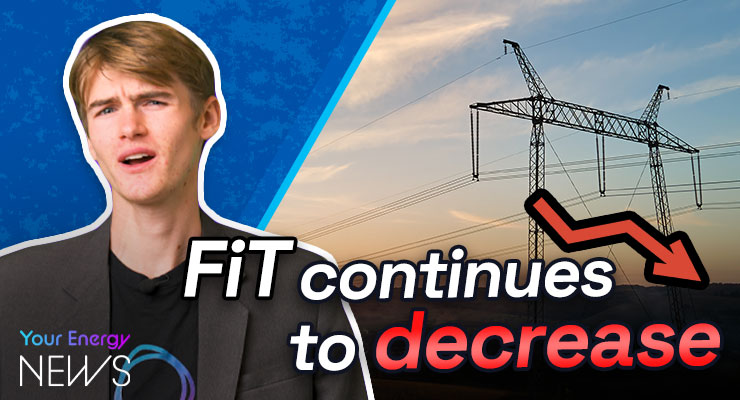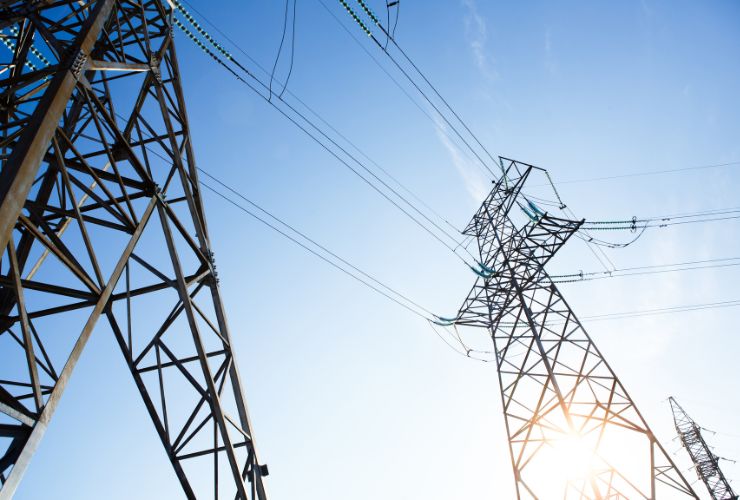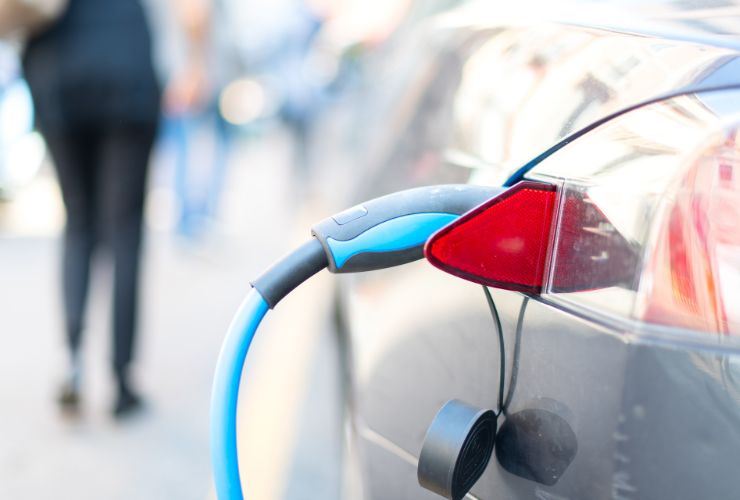
Fast read
Feed-in tariffs (FiTs) have made solar installations financially appealing by allowing solar owners to earn from excess electricity fed back to the grid.
However, with solar energy predominantly generated during low-demand daytime hours, an oversupply has caused FiT rates to drop from 60 cents per kWh to 5-10 cents. This decline results from energy companies not investing in adequate storage solutions, despite available technologies.
However, with the rise of home electric vehicle charging and battery storage, there's hope for higher FiT rates in the future. Investing in storage solutions will be crucial to maximize solar energy's potential and stabilize feed-in tariffs.
FiTs getting lower – but the future looks bright
Let’s talk about FiT news, and no, that doesn’t stand for FITness, it stands for feed-in tariffs. FiTs have been a crucial factor in making solar installations financially viable, allowing solar owners to recoup their investments over time. However, recent developments in the energy landscape have put a damper on this promising incentive.
Feed-in tariff are a payment that you receive for any unused electricity you get from your solar that you send back to the grid, and it’s actually one of the main ways your solar can pay itself off
As the adage goes, too much of something can decrease its value. This holds true for solar energy, which is predominantly generated during the daytime when energy demand is relatively low. Consequently, there is an excess of daytime energy that gets fed back into the grid. This surplus has led to a decline in feed-in tariffs, as the value of the exported electricity diminishes due to reduced demand.

It used to be better
Just a few decades ago, to be precise in 2007 -2008, feed-in tariffs (FiTs) could reach as high as 60 cents per kilowatt-hour (kWh) in NSW. However, the current market conditions have brought the value of a good deal to a modest range of 5-10 cents per kWh. This decline in feed-in tariffs has disappointed solar system owners who had anticipated greater returns on their investments. It has also started a movement to use as much electricity as possible within the home, for example, to make hot water.
The underlying issue here lies in the lack of infrastructure investment by energy retailers and generators. Despite the potential for excess solar energy during the day, there has been a failure to develop effective storage solutions. Whether it’s through thermal energy storage, hydrogen storage, or large-scale battery banks, numerous energy storage technologies are available.
However, electric suppliers have prioritised profit over investing in these solutions.
The situation, however, may see an upturn in the near future. Experts predict that the value of feed-in tariffs will increase again, returning to a more attractive range. We expect this positive shift due to the anticipated increase in home electric vehicle (EV) charging and also the growth of battery storage.

No exporting the solar but storing it – is the answer
These technologies can absorb the excess solar energy generated during the middle of the day, ensuring its efficient utilisation when demand is high.
However, the urgency for new infrastructure cannot be overstated, especially with the projected 20%+ increase in energy prices by the year’s end. The hope is that energy retailers and generators will swiftly invest in energy storage solutions, allowing for the absorption of solar export overflow and maximising the value of feed-in tariffs.
As the renewable energy landscape evolves, the importance of energy storage solutions becomes increasingly evident. To ensure efficient solar power utilisation, we must couple the push for sustainable energy sources with the increase of effective storage technologies. Only then can feed-in tariffs regain their attractiveness, making solar & battery installations more financially viable and paving the way for a more sustainable future.